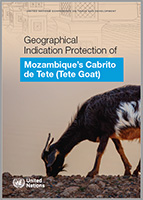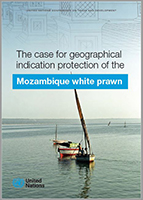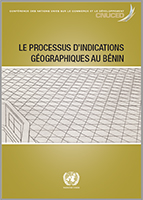The least developed countries (LDCs) typically present low levels of export capacity and productivity, combined with a low level of value-added content incorporated into their export products. Many LDCs are also dependent on commodities, which are vulnerable to high international price fluctuations.
Despite the challenges faced by LDCs, rural communities have an invaluable array of products that are linked to their cultures, traditions and natural biodiversity. These products represent untapped potential. Benefiting from that natural wealth can require taking steps to gain recognition of quality and generate a solid reputation for specific products in the eyes of consumers and buyers.
Geographical Indications (GIs) are tools that producers in LDCs can leverage to harness the potential of these products, and open new pathways for trade and more inclusive development. To be effective, GIs must be incorporated as part of an overall trade promotion strategy. UNCTAD supports LDCs in identifying regions and product pairs to assess the potential of GIs as rural development tools to alleviate poverty. It also raises awareness about GIs among policy makers, advises Geneva-based World Trade Organization (WTO) delegates on strategies to advocate for GIs in multilateral negotiations, and supports small producers in rural communities through the application of GIs to add value and enhance the export potential of their products.










